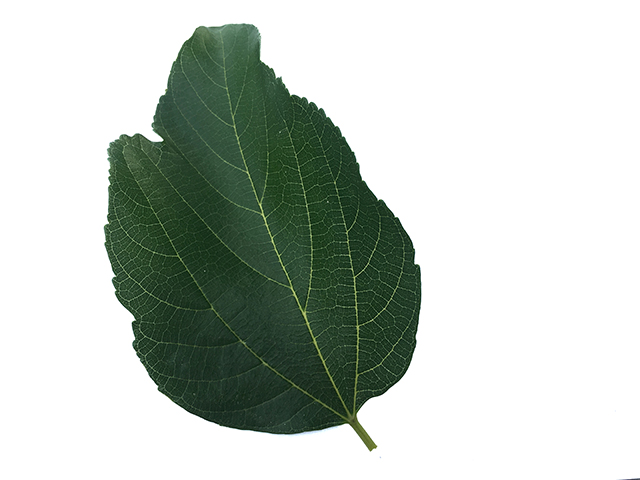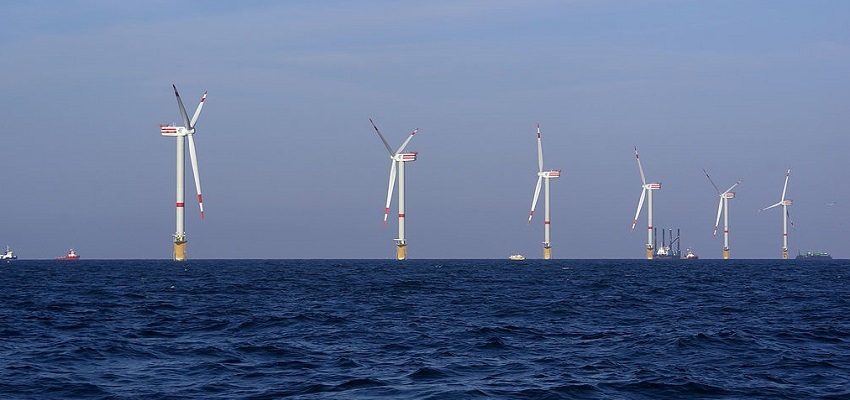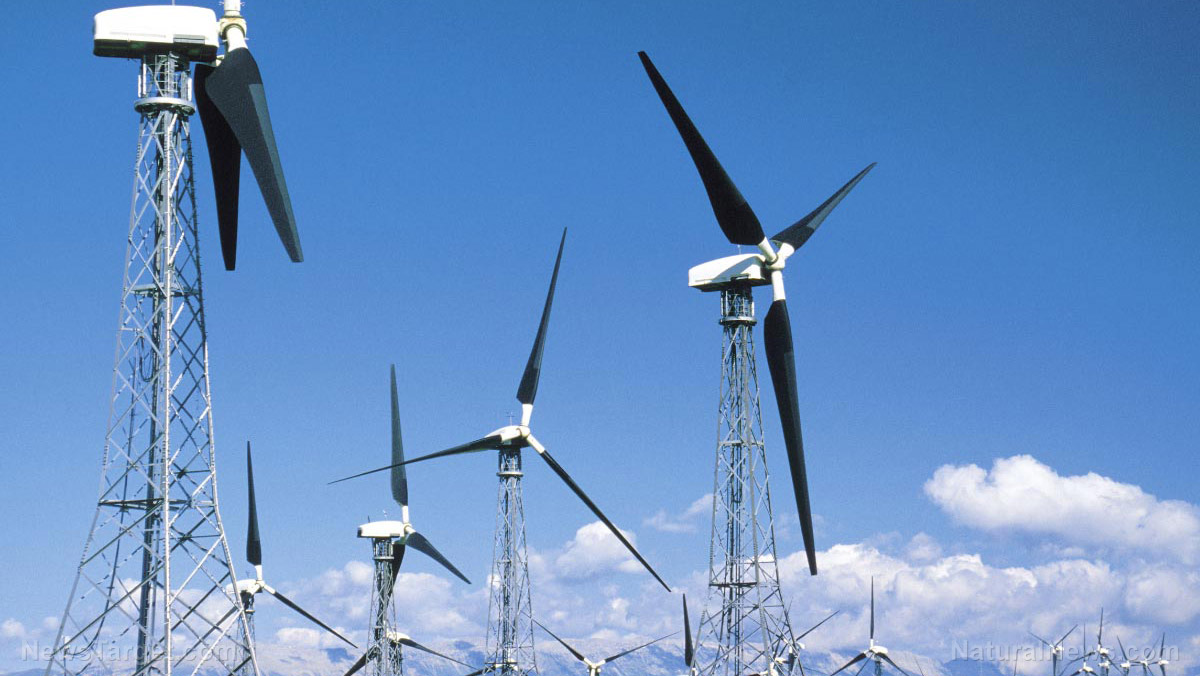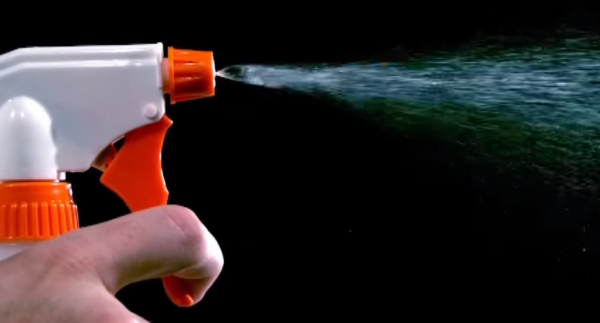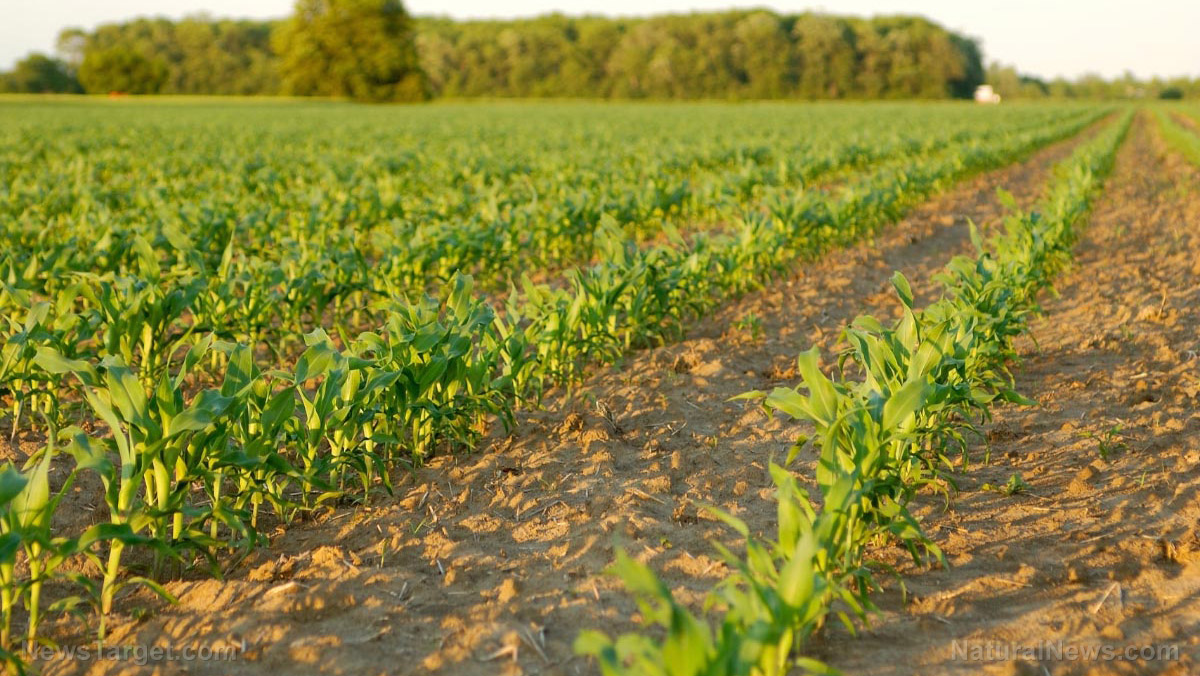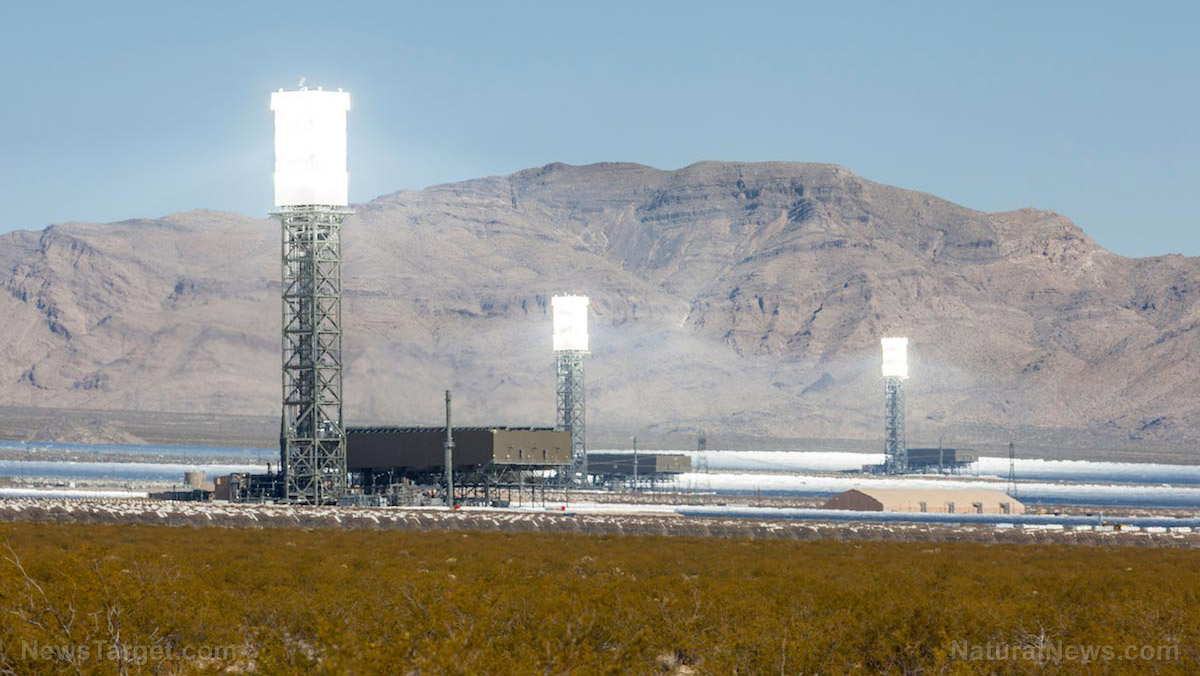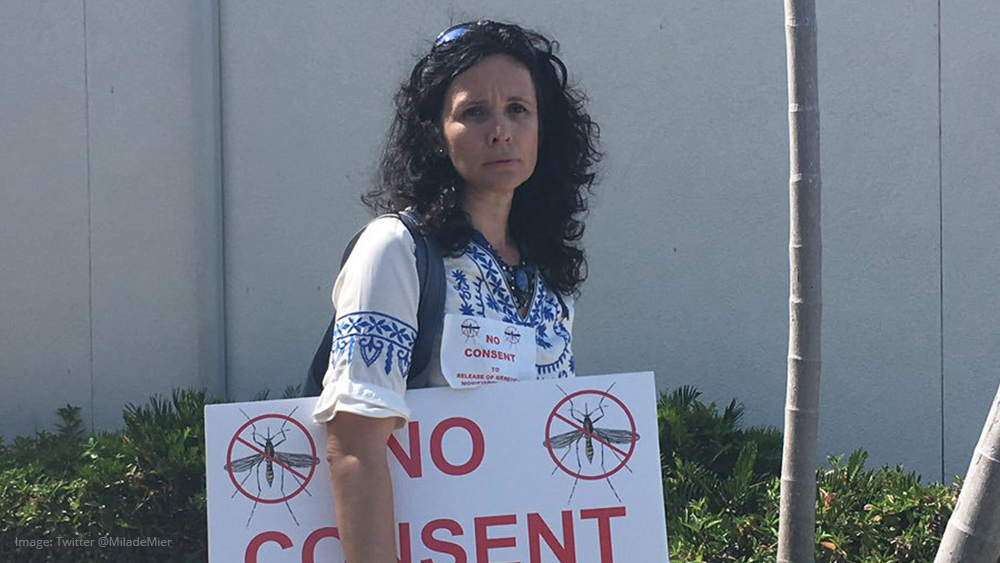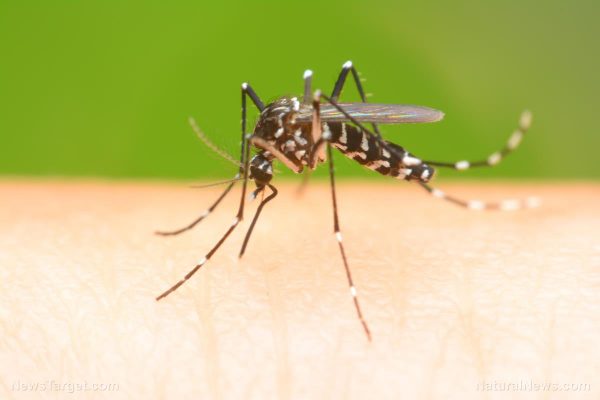The caffeine you urinate is harming the environment, study warns
06/15/2017 / By Russel Davis

A recent study revealed that our caffeine intake might have a detrimental effect on the environment. Researchers have long established that animals exposed to the compound become stressed, and are unable to protect their DNA from being genetically-mutated by caffeine. Likewise, studies have shown that caffeine consumers cannot completely process the compound in their bodies and expel it by urination, which in turn harms rural waterways and the environment.
Previous studies have found that caffeine expelled by humans make it to urban sewage systems. However, the new study showed that the same thing happens to rural waterways. As part of the research, a team of experts from the San Diego Regional Water Quality Control Board collected nearly 100 water samples across San Diego County and part of Orange County between 2008 to 2015. The samples were taken from raw sewage and treated wastewater in urban areas, as well as streams in rural, open space areas with no apparent human development and use.
Results showed that water samples taken from urban areas had traces of caffeine. According to the experts, raw sewage samples contained between 0.052 and 8.5 micrograms of caffeine per liter, while water samples taken near active septic systems had 0.029 to 1.19 micrograms per liter. Surprisingly, more than a third water samples taken from rural, open space areas showed caffeine contamination. The research team found that samples taken from these sites contained 0.032 to 0.662 micrograms of caffeine per liter.
“When we started getting results, we realized it’s way more prevalent than just from leaky sewer lines and septic systems…We were completely shocked by that. What really ended up falling out was that the areas known for high recreational use — like fishing, horseback riding, hiking, camping — were the ones that had caffeine hits,” Carey Nagoda, a water resource control engineer for the water board, stated in UPI.com.
The findings suggest that people who visit these open space sites practice habits that cause harm to the environment, such as urinating too close to waterways and leaving waste behind. The research team also noted that other contaminants found in human wastes — such as pathogens and drugs — may also be polluting these sites.
“Caffeine detections were a common occurrence in many streams throughout the San Diego region and across land use types, which limits caffeine’s use as a sole indicator for a specific source of pollution. In developed areas, the source(s) of caffeine could be leaky sewer lines, septic systems, trash, recycled water used for irrigation, and stormwater runoff. Further studies are underway to determine how to use caffeine in combination with other chemicals, like pharmaceuticals, to identify specific sources. For caffeine in open space areas, future studies should include exploring the connection between recreation and the presence of caffeine,” the researchers concluded in their report.
Previous studies find caffeine leaking in other U.S. waterways
The recent study was only one of the many research indicating caffeine leakage in U.S. waterways. A 2012 study published in carried out by researchers at the Portland State University and the Washington State University Vancouver revealed that traces of caffeine were detected in beach waters near urban areas and in coastal streams and estuaries across Oregon. According to the research team, the highest caffeine concentrations were seen in remote coastal areas, with samples containing .045 micrograms per liter. The findings were published in Marine Pollution Bulletin.
A separate study also found that a common species of near-shore mussel displayed low level caffeine exposures. The animals initially produced proteins to protect their DNA from the harmful effects of caffeine. However, the researchers found that the animals stopped producing the protective proteins when they were exposed to higher caffeine levels. In turn, the animals were at an increased risk of genetic mutation, the researchers concluded.
Sources include:
Tagged Under: caffeine, environment, rural areas, streams, water, water ways


